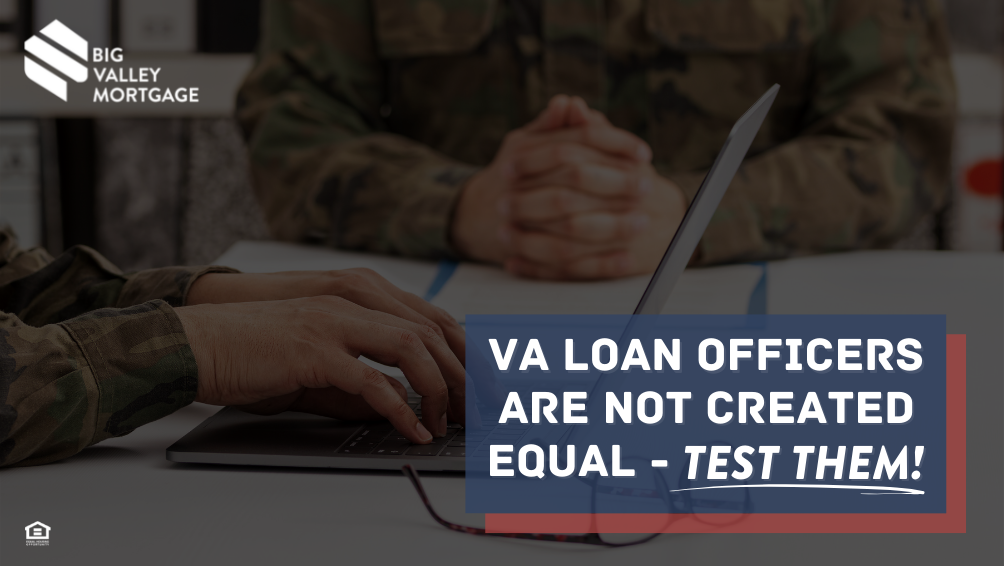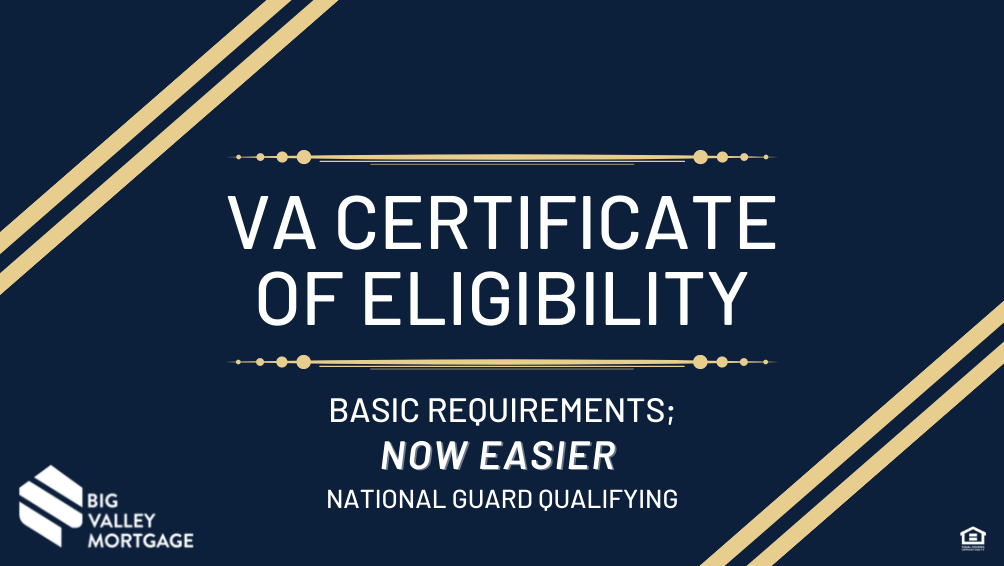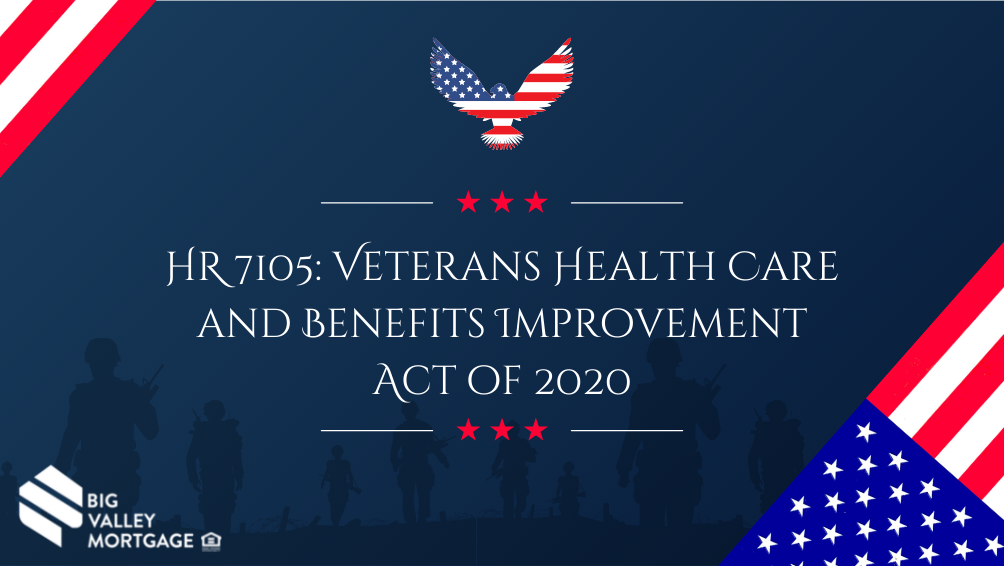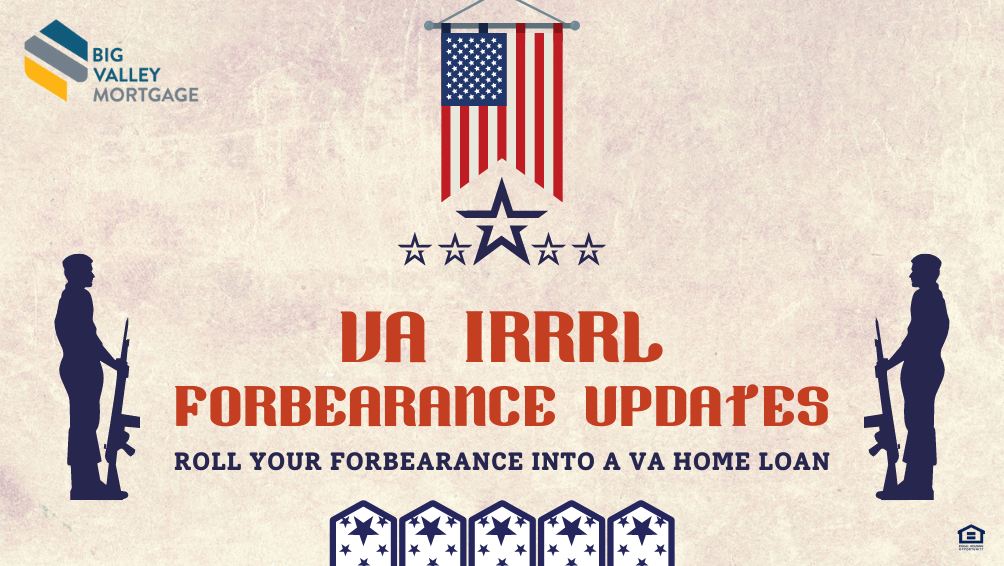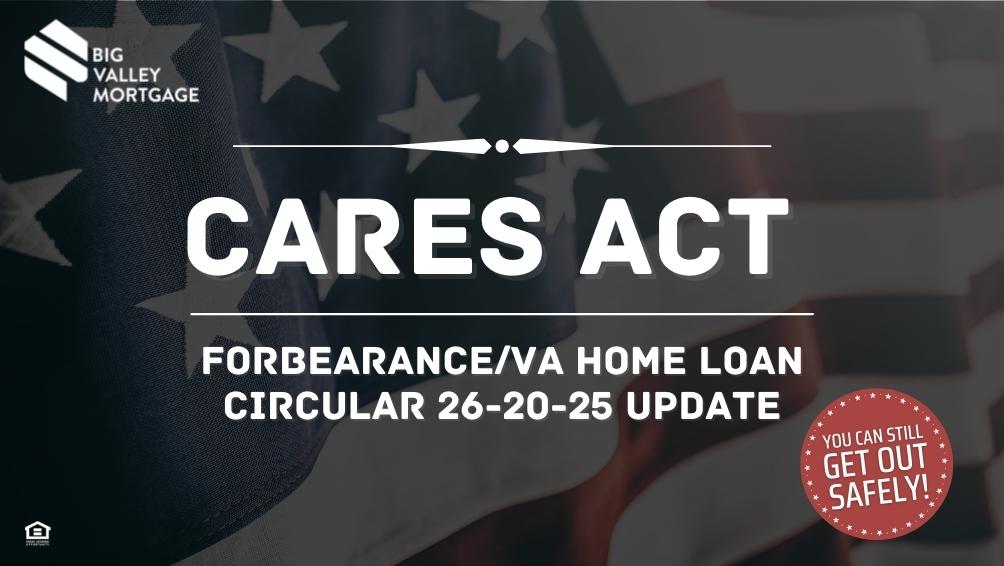
This article talks about the VA circular 26-20-25 that has not been rescinded.
So 26-20-25 is the VA circular that the title of it was impact of Cares Act Forbearance on VA purchase and refinance transactions. And in this circular, what they said was that you could still do loans even though you’ve gone into a Cares Act forbearance and I did a video on this back in January. At that time I gave you all the updates on how this was supposed to work. And that circular was scheduled to be rescinded or stopped in July of this year and it has not been rescinded. And as part of this, it says,
“Lenders should not use the Cares Act forbearance as a reason to deny a veteran a VA guaranteed loan. In such cases, borrowers through their lender must provide reasons for the loan deficiency and information to establish that the cause of the delinquency has been corrected.”
So what does that mean? If you’re in a forbearance, it’s very important because the forbearance period is coming to an end and you may have already been contacted by your servicer. Those are the people where you make your payments. So if your loan had been sold from your prior lender, you’re now making your payments to a servicer. So they’re going to contact you. If you haven’t already come out of the forbearance and started making your payments are going to contact you and offer you options to bring your loan current. One of the options that they may offer is a loan modification. My advice to you is to explore other options before a modification because based on this circular, you do have options and the challenge with the modification is that it could be reflected on your credit. And if it’s reflected on your credit, that may have negative effects on your score and it may have negative effects on when you can do another home loan and maybe even other types of loans, car loans and credit cards and what have you.
They all have their own rules on what they look at on the credit reports, so before you do a modification, know this:
- You are able to purchase or do a cash out refinance with a VA loan if you entered into the Cares Act forbearance right.
- You can do a VA Interest Rate Reduction Refinance Loan, what we call the IRRRL. If you’re in a VA loan, you get mail on this every single day from people soliciting you to do these loans and a lot of them are at unrealistic interest rates and they cost a lot of money.
- I encourage you to use somebody that you know, like and trust to do your home loan if it’s not your prior lender. If it’s us, we’d be happy to help you. Even if we weren’t the people that did your loan, I can tell you, you can look up our reviews where we are very honest and ethical. We’re a military family.
- This is what we do with home loans all day every day out of our little office here in Folsom, CA.
- With the IRRRL, if you’ve had your loan for less than 12 months then you need to have made at least six payments made prior to going into the Cares Act forbearance , 210 days must have elapsed from when you’re first payment was due before you went into the forbearance and you could not have been more than 30 days late on your payment.
So those things have to happen before you went into the Cares Act forbearance. If they were, then now we go to the next step, you could do the VA Interest Rate Reduction Refinance Loan. To do that loan the VA requires that we be able to lower your interest rate by at least 0.5% from where you currently are now and whatever the costs involved in doing your refinance divided by your payment savings of doing the refinance, that’s the recoup period in months. How long does it take to recoup the cost? That must recoup in 36 months or less. So long as those two things can be met, then the lender can do the VA Interest Rate Reduction Refinance Loan for you.
Why is this important?
You can roll into the IRRRL loan, your past due payments, principal and interest taxes, insurance can all roll into the new loan and then now we’re going to bring everything current. If you had late charges that were there, if you have done energy efficient improvements on your mortgage and if you’re subject to the half a percent VA funding fee that can go into the new loan too. So it’s one of these things, most people out there telling you this thing has gone
away as of today. The date I’m doing this video is September 18th of 2021. The Cares Act and circular 26-20-25 is still in effect.
So if you want to explore your options with this and somebody is telling you something that’s different to what I’m telling you today, shoot me an email and let’s evaluate your situation and see if it makes sense for you to go forward. You can purchase, you can do a cash out refinance and you can do the Interest Rate Reduction Refinance Loan. What we will ask is that you bring your loan out of forbearance. You make at least one payment. That’s our rule in our company. So happy to help give us a call.


